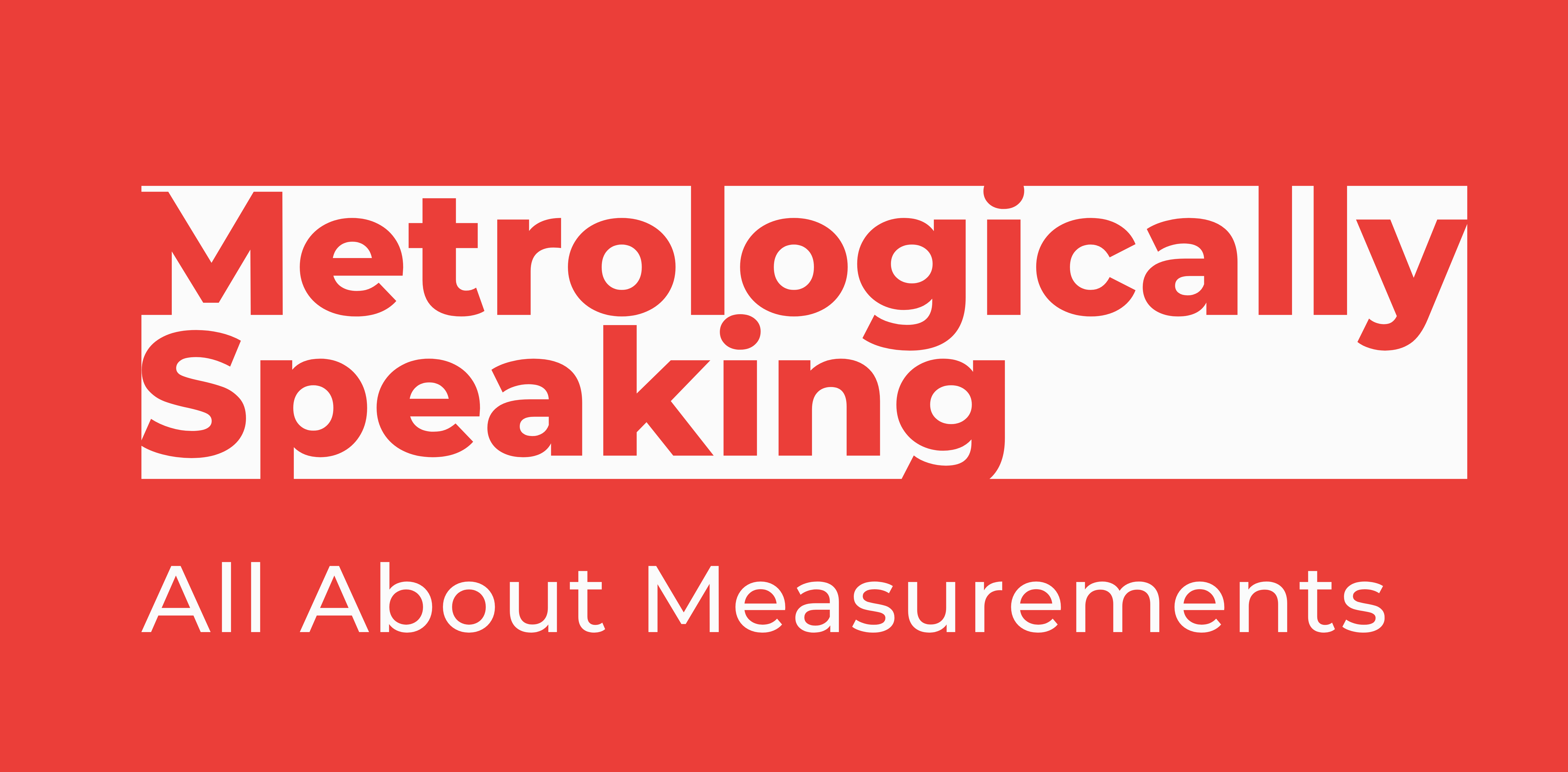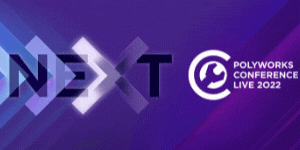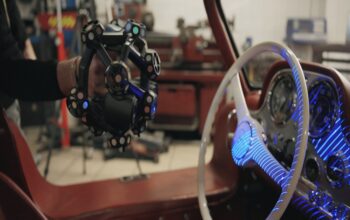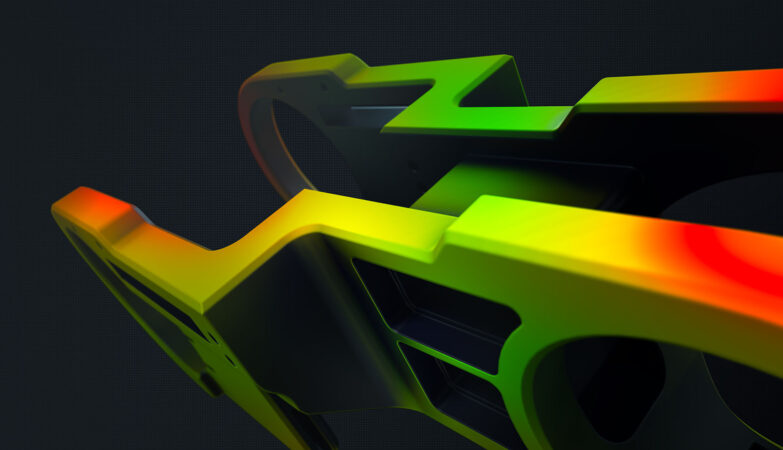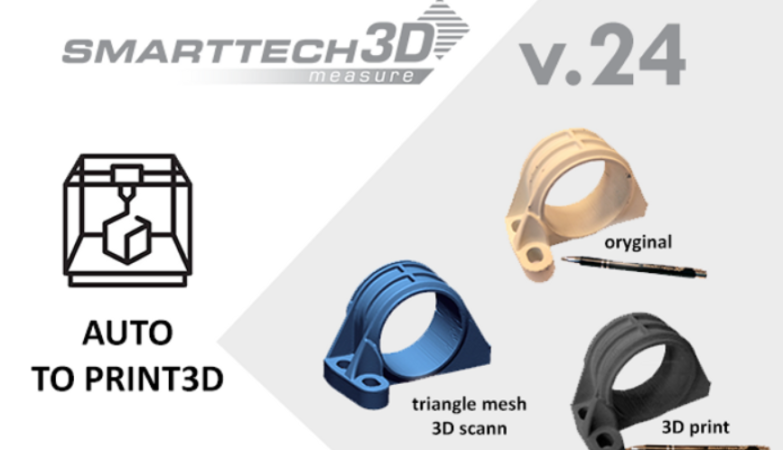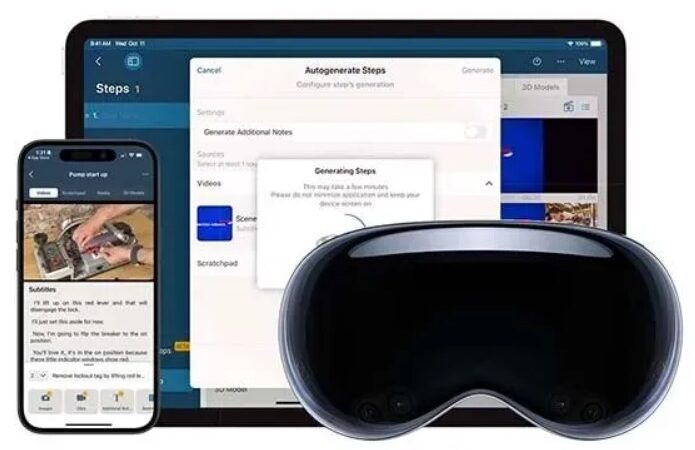3D measurement technologies can help capturing and analyzing the spatial characteristics of objects, structures, and environments in three dimensions. These technologies leverage advanced tools such as laser scanning and photogrammetry to accurately digitize physical spaces.
Reality capture data, often managed through sophisticated 3D data platforms, further enhances these processes by streamlining data analysis and integration.
According to a report by Grand View Research, the global 3D scanning market was valued at $4.89 billion in 2022 and is projected to grow at a compound annual growth rate (CAGR) of 8.5% from 2023 to 2030.
This article explores the history, technologies, operational methods, key benefits, and advancements of 3D measurement technologies, highlighting their transformative impact across a wide range of applications.
History of 3D Measurements
The evolution of 3D measurement technologies began in the 1960s with the introduction of Coordinate Measuring Machines (CMMs).
These devices used physical touch probes to capture the geometry of objects, marking a significant milestone in digital modeling and precision engineering.
In the 1970s, laser-based distance measurement systems were introduced, revolutionizing the field with non-contact measurement capabilities and paving the way for modern 3D scanning technologies.
By the 1980s, the first commercially available 3D scanners emerged, incorporating laser technology to capture surface details with remarkable accuracy.
These innovations enabled the creation of digital models of physical objects, transforming industries such as automotive, aerospace, and healthcare.
Types of 3D Measurement Technologies
3D measurement is broadly classified into two categories: contact-based and non-contact methods, each suited for specific applications and materials.
Contact-Based Scanners
Contact-based 3D measurement systems require direct physical interaction between a probe and the object being measured. These devices typically use Coordinate Measuring Machines (CMMs) equipped with touch probes that trace the surface of an object, capturing its geometry point by point.
This method is renowned for its high accuracy and reliability. However, the process is time-consuming and may not be suitable for measuring delicate, soft, or highly polished materials, as the contact probe could damage or alter the surface. Despite these limitations, contact-based systems remain a cornerstone for applications demanding extreme precision.
Non-Contact Scanners
Non-contact 3D measurement systems capture data without physically touching the object, employing a variety of advanced technologies. These scanners are faster, more versatile, and suitable for a wider range of materials and surfaces. The major types of non-contact scanners include:
Laser Scanners
Laser scanners use laser beams to measure the distance between the scanner and the object’s surface. By sweeping the laser across the object, they generate a dense point cloud of data, capturing intricate surface details and dimensions.
Laser scanning is widely used for applications requiring high precision, such as reverse engineering, quality assurance, and large-scale industrial inspections. Its ability to work in various environments, including outdoors, makes it a highly versatile technology.

Structured Light Scanners
Structured light scanners project a series of light patterns, such as grids or stripes, onto the surface of an object.
The deformation of these patterns caused by the object’s geometry is captured by cameras, and software reconstructs the 3D shape with exceptional accuracy.
Structured light scanners are particularly effective for capturing fine details and complex shapes.
Photogrammetry
Photogrammetry relies on capturing multiple photographs of an object from various angles. Specialized software then processes these images to create a 3D model by triangulating the spatial relationships between points in the photographs.
This method is accessible, cost-effective, and well-suited for applications like archaeological documentation, architecture, and large-scale mapping.
However, photogrammetry may lack the precision of laser or structured light scanning, especially for applications requiring extremely detailed measurements.
Benefits of 3D Measurement with Laser Scanners
3D laser scanning technology offers an array of benefits, transforming workflows and delivering superior outcomes in industries such as engineering, construction, manufacturing, and preservation.
High Accuracy
Laser scanners excel in capturing extremely precise measurements, gathering millions of data points in seconds. This capability ensures highly detailed and accurate digital representations of physical objects, structures, and environments.
Industries such as construction rely on this precision to create detailed site maps, while manufacturers use it for quality control, ensuring that components meet exact specifications.

Rapid Data Capture
The unparalleled speed of laser scanning significantly reduces the time required for data acquisition. A single scan can capture the entire geometry of a site or object in a fraction of the time compared to traditional surveying methods.
This capability minimizes downtime, reduces project disruptions, and allows teams to focus on analysis and decision-making rather than data collection.
For large-scale projects, such as infrastructure development or urban planning, rapid data capture ensures timely progress and efficient resource allocation.
Non-Contact Technology
Laser scanning is a non-invasive technique, making it ideal for applications involving delicate, hazardous, or hard-to-access objects and environments.
This feature is particularly valuable in preserving historical landmarks and fragile artifacts, where physical contact could cause damage.
Non-contact scanning also ensures consistent data quality regardless of the material’s surface texture or condition.
Comprehensive Documentation
One of the standout benefits of 3D laser scanning is its ability to create detailed and comprehensive digital records.
These records, often in the form of point clouds, allow for precise visualization, analysis, and archiving of objects, buildings, or entire landscapes.
The resulting digital models can be used for various purposes, including design verification, as-built documentation, and virtual simulations.
Improved Safety
Safety is a critical concern in industries such as construction and utilities. By enabling remote data collection, 3D laser scanning reduces the need for personnel to access potentially dangerous areas.
Scanners can be deployed to capture data in high-risk locations, such as unstable structures, busy roadways, or active industrial sites, without endangering workers.
This not only minimizes risks but also improves compliance with safety regulations and enhances overall project efficiency.
Cost Efficiency
The combination of high accuracy and rapid data capture offered by laser scanning leads to significant cost savings.
Precise measurements reduce errors and the likelihood of costly rework, while the speed of data acquisition shortens project timelines.
Additionally, the versatility of the collected data allows it to be repurposed for multiple uses, maximizing the return on investment.
How Laser Scanners Enable 3D Measurement
Laser scanners function by emitting a laser beam toward the target object and measuring the reflected light to determine distances. The two primary methods are:
● Time-of-Flight: Measures the time taken for a laser pulse to travel to the object and back, calculating distance based on the speed of light. This method is effective for long-range measurements but may have lower accuracy compared to other methods.
● Triangulation: Projects a laser beam onto the object and uses sensors to detect the reflection angle. By forming a triangle between the laser source, the reflection point, and the sensor, the system calculates the precise location of the surface point. This method is highly accurate for short to medium ranges.
The collected data points, known as a point cloud, are processed using specialized software to create detailed 3D models. These models can be used for analysis, design, inspection, and various other applications.
Applications of 3D Scanning Solutions
3D scanning technologies are highly adaptable and find use in a diverse range of industries and applications.
● Aerospace: Ensuring precision in component design and maintenance.
● Automotive and Transportation: Streamlining prototyping, design, and quality assurance.
● Consumer Goods: Supporting product customization and development.
● Manufacturing: Enhancing workflows and improving inspection processes.
● Heavy Industry: Conducting wear analysis and machinery optimization.
● Healthcare: Creating customized medical devices and surgical models.
● Oil and Gas: Inspecting and maintaining pipelines and infrastructure.
● Power Generation: Monitoring and maintaining critical systems.
● Education: Teaching advanced engineering and metrology techniques.
The possibilities with 3D scanning are vast. These technologies accelerate product development, refine manufacturing processes, improve quality assurance, support reverse engineering, preserve cultural and historical artifacts, and educate future professionals in technical fields. Their adaptability and precision make them an invaluable asset across numerous industries.

Final Thoughts
From their origins in coordinate measuring machines to today’s advanced laser scanners and photogrammetry solutions, 3D measurement technologies have consistently evolved to meet the growing demands of engineering.
As industries continue to adopt 3D scanning technologies, their impact is expanding beyond traditional applications, unlocking new possibilities in design, inspection, preservation, and education.
The precision and efficiency offered by these tools not only streamline complex processes but also contribute to safer, more cost-effective, and sustainable solutions.
For professionals seeking to harness the full potential of 3D scanning, Scantech’s state-of-the-art scanners provide the precision, reliability, and advanced features required to tackle even the most challenging projects.
By investing in cutting-edge technology, industries can drive innovation, enhance productivity, and achieve unprecedented results in a rapidly evolving digital world.
